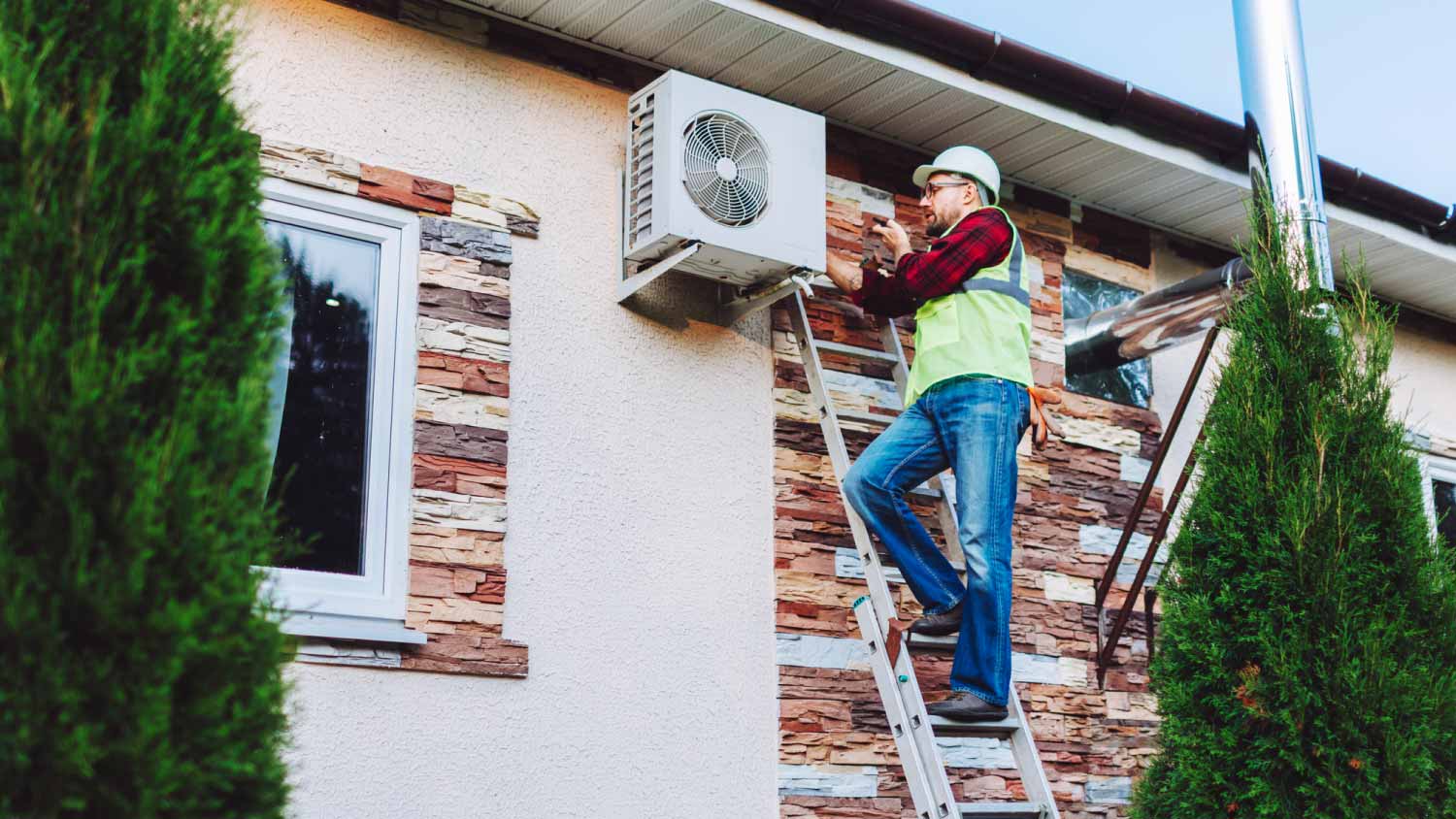
Many scenarios can lead to bacteria and other contaminants in your well. Learn about how much it costs to shock a well so you can enjoy clean drinking water.
Protect your well water from drought through conservation, management, and recycling


During drought, well water levels can drop and damage the pump.
Protect your well through management, conservation, harvesting, and recycling water.
Dropping the pump costs around $500.
Drilling a new well costs $2,500–$4,500, depending on the scope of the project.
Droughts can be a common occurrence and can last for days, months, or even years. Even if you have a well for groundwater on your property, you could still be affected during periods of drier-than-normal weather. Here are some warning signs to watch for and ways to protect your groundwater during droughts.
As defined by the U.S. Geological Survey, a drought is a period of drier-than-normal weather conditions that produces water-related problems. Since there’s not enough rainfall or snowfall, the water levels in lakes, rivers, streams, and the well on your property decreases.
Though there are several kinds of droughts—including meteorological, agricultural, and hydrologic—hydrologic or groundwater drought is the kind you need to worry about if you source your water from a well. Hydrologic droughts indicate reduced groundwater levels, meaning your well can dry up during these types of droughts.
Well water is sourced through a pump system, and during a drought, the water level can decrease so it's below the pump. The aquifer can dry out if the pump isn't submerged in water. Although pumps will continue to run if not submerged in water, you shouldn't run them for more than 10 seconds or you can burn out the motor.
Wells don't dry up suddenly, but it can be negatively affected if you have an extended period without rain. If your pump burns out, repairs can cost upwards of $2,000, so it's critical to keep an eye on your well water level.
Even though droughts are a nationwide problem, there are some water conservation tips you can follow to protect your system during times of drought.
Managing your water usage during a drought can help conserve the water levels in your well. Schedule water usage like showering, running the washing machine or dishwasher, and watering your lawn at different times of the day so you’re not taxing your system all at once and running your water level low.
Make sure you turn off the water when you're not using it, such as washing your face or brushing your teeth. Get your faucets and showerheads replaced with low-flow options if you're able to. According to WellOwner.org, a site run by the National Ground Water Association as a resource for well owners, dripping faucets and toilets are colossal water wasters, so have a local top-rated plumber come out and fix them.
If you have a dishwasher, wait until it's full to run it. The same goes with the washing machine for your clothes. Hold off until you and your family have a full load to wash instead of doing multiple smaller loads.
If you're running water and waiting for it to get hot, collect the water to water your plants or yard later. Avoid waiting for drinking water to get cold by keeping a pitcher of water on hand in the fridge.
Using your water more than once is another way to conserve groundwater during a drought. Making pasta or boiling potatoes? Use that water for your plants or lawn. If you're really looking to economize, you can even bring a bucket with you into the shower to catch water runoff, then use that for lawn watering. Also, you can set up barrels outdoors to collect rainwater that you can use for watering.
If you suspect your well is going dry, turn off the pump. This will prevent it from burning itself out. Setting a longer time cycle on the pump if you have the option can also help prevent burnout.
Another option to keep your well pump from drying out is to have the pump dropped by a well pump pro near you. The pro will come out and lower your pump by 20 to 30 feet, giving your system more of an opportunity to stay under the water and prevent it from drying out. This process usually runs around $500, whereas drilling a new well costs $2,500 to $4,500, depending on whether the well also needs a pump.
From average costs to expert advice, get all the answers you need to get your job done.

Many scenarios can lead to bacteria and other contaminants in your well. Learn about how much it costs to shock a well so you can enjoy clean drinking water.

Your well tank replacement cost will vary depending on a few key factors, such as the size and capacity of the well pressure tank.

Find out the average heat pump repair cost, what impacts pricing, and how to save. Get transparent estimates and tips for homeowners planning repairs.

You don’t always need to rely on municipal water as your home’s main water source. Read this guide to discover what a cistern is and how it works.

From costs to complexity and safety, uncover the realities of DIY well drilling. Learn when it’s wise to roll up your sleeves or when to call in a professional.

If something seems off with your sump pump, follow this guide to learn how to check if your sump pump is working (and what to do if it’s not).